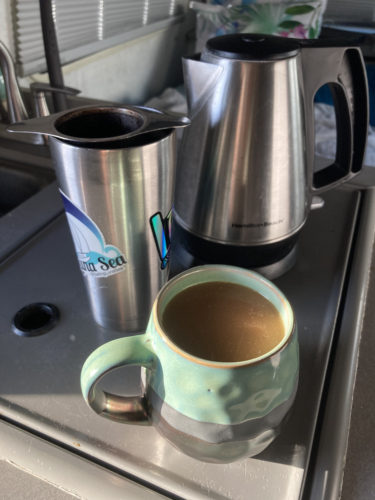
Our first foray into small RV camping was a DIY Class B Econoline van (Deemed by our friends as Creepy Van). Creepy Van consisted of not much more than a bed/mattress, loose camping equipment and as much of our crap as we could pile in and still manage to live. Suffice it to say that if it takes you 13 steps and pouring water from a Jerry can to make coffee… your days are automatically not starting out right. Although we had a blast and made the most of it, we vowed to NEVER try small camper living again – not unless we could simplify our coffee making ritual into only a few steps.
Fast forward to 2019, we sold our monohull sailboat, Luna Sea, and needed mobile accommodations to spend hurricane seasons in the US. A small RV would also give us an excellent platform to shop for our next boat. So we set out to refit and modify Lolo, a 1999 VW Rialta, with the lessons learned from our first Van Life trial and 6 years of living off grid aboard S/V Luna Sea. Although technically a Rialta is one of the smallest Class C built, the lessons easily apply to Class B’s or anywhere you are looking to get off grid.
Top 3 Small RV Power Limitations
BATTERY SPACE. One of the biggest challenges in small RVs, especially if it’s a Class B, or small C is room for the house bank. In the case of Lolo there was only room for 2 Group 27s.
FRIDGE TYPE. Most RVs come standard with Absorption Fridges. These fridge types are fine if you plan to spend 95% of your time in an RV Park. But if you plan on using your RV for even a minimal amount of boondocking, they really start to show their limitations. They consume 5-6 times the amount of energy (regardless of the power source). Our real life numbers were 12-18 amps (absorption) and it was unregulated so it ran non stop vs 2.2-2.8 amps (danfoss) regulated – running about half the time. “So i’ll just run the fridge on propane” you say… This is a nice segway into limitation #3 of small RVs. Small propane tanks.
SMALL PROPANE TANKS. I won’t go into too much detail on propane usage, except to say that if you want to boondock indefinitely – especially in the shoulder seasons, you need to keep your reliance on propane down to a minimum. In our case, the goal was for COOKING ONLY, with the occasional heater use to keep the coach above 50 degrees when needed. We know from our experience on Luna Sea that 5 gallons of propane could last for about 3-4 weeks if used for cooking only. And we could almost double that to 6-8 weeks if we could keep from boiling water (coffee, rice, etc).
Decisions, Decisions, Decisions
What battery Chemistry do we need?
Our first lithium battery experience on Luna Sea was definitely a trial by fire, as we had selected a battery manufacturer that was more interested in selling batteries vs helping us take a holistic approach to system design. We had a few close calls with melted switches, undersized cables and a blown fuse or two – all compounded by trying to source the proper parts in remote islands. While we eventually totally nailed the system on Luna Sea, it was a lesson learned the hard way.
It was with a stroke of fortune that when we were shopping for a Lithium supplier at the 2020 Miami Boat Show, we met the Battle Born Battery team. Quite frankly, we were exhausted and were tired of talking batteries and power curves and charge cycles, blah, blah blah. So tired we almost didn’t stop.
Which Brand Should We Choose?
It was immediately apparent that these folks from Battle Born were different. Their enthusiasm for their product, their interest in OUR project, and their knowledge of our somewhat rare coach all re-energized us (pun intended) and lead to another hour and a half talking about all of the above. A couple of days later we were on the phone/computer and beginning to design what would be Lolo’s new systems.
Do We REALLY Need a System “Designer”?
Although a lot of Lithium battery sales literature uses the term “drop in”, nothing short of simply replacing your existing bank with an identical bank is truly going to be “drop in”. You may be fortunate enough to simply need to re-program your existing charger to work with lithium batteries. This is a very easy step, with the info often listed in the instruction manual. But in our case with Luna Sea, the system was so outdated that we chose to update in entirety. And because Lolo didn’t have ANY solar, etc, to begin with – we started with a clean slate.
A drop in scenario still requires an analysis of why you killed your bank in the first place. So the goal for Lolo was to take what we learned and work with the experts to design a near perfect system. I say near, because when it comes to designing systems perfection is rarely found; plus, holding out for the “perfect” anything will only keep you anchored in place.
Is Lithium really more expensive???
On the surface Lithium looks more expensive. However, if you plan to keep the coach more than 4 years, Lithium becomes cost competitive. Over the life of the battery Lithiums are cheaper per usable kWh and require significantly less maintenance and management. There are a myriad of other benefits that quickly stack up in Lithium’s favor and hundreds of articles out there that espouse their advantages so I won’t go into detail here. The main advantages in a coach with limited space is energy density, energy absorption and usable amp hrs. *Be sure and read all the way to the end of this blog for a complete list of all components we installed/use*
What does a day in the life of your RV look like? Ahh, the energy audit!
Experts will say that you have to download an energy usage audit and fill it out to determine how much battery bank you need. I’ll tell you that doing so before extensively cruising (whether via boat or RV) is an exercise in futility and you simply won’t know until you go. It is definitely the proverbial chicken and the egg situation. An audit may or may not get you in the ball park, and with the cost of batteries and other equipment you don’t want to just throw money at this and oversize everything. This is where working with professionals can provide significantly better results.
How much battery power do we need?
We knew from life on Luna Sea that our 225 Amp Hr bank was sufficient for that boat – and on Lolo we don’t have to run a water maker that costs us 40 amp hrs a day. Combine that with the fact that we only have room for 200 amp hrs (2 group 27s) and we could wad up the energy audit, throw it in the trash can and know that we were starting with a 200 amp hr system.
What other power sources do we have? i.e Solar, DC-DC, Genset
We removed the Generac generator from Lolo since it didn’t run, had crappy reviews when it did and could cost significant money to keep running. Plus, using one while trying to sleep literally on top of it also seemed pointless. Instead, we relegate our travels to parts of the country with <70 degree nights or places we can moochdock a little 110 AC power for the air conditioner. While it is possible to run the AC off the system we installed, the bank size just doesn’t make it practical.
We were limited on roof space since we carry paddle boards and a roof mounted cargo hauler. The available real estate left allowed for a 200 watt panel… only time would tell if this would be enough for our usage. Throw in the DC-DC charger that fills the batteries while driving – and we pretty much never have to think about power. (A DC-DC charger is DEFINITELY going on the new boat)
Propane to 12v
Since battery power can be renewable via solar and we charge on the road via DC-DC, what are our options to switch power usage from propane to battery? We make coffee at least once a day, sometimes twice and have rice with meals several times a week. Both involve boiling water which takes A LOT of energy. Having an electric water kettle and rice maker that was paired within the specs of our inverter gives us the flexibility to use electric when the solar/lithium combo is doing its job or propane when it needs a rest. Again, details to follow in the summary.
Do we need an inverter? If so, how big?
As we just covered, having an inverter with the properly sized appliances gives us the flexibility to utilize the house bank when energy is plentiful or propane when it is not. How big is not only a function of your needs, but also the size of your battery bank. This is one of the many decisions that was guided by the experts at Battle Born. We then selected the appliances to fit the inverter.
Should the inverter be integrated?
ABSOLUTELY. Another lesson learned from Luna Sea; if it ain’t integrated… you won’t use it! Tying the inverter into the junction box that the former generator used allows for a flip of a switch to energize all the 110V outlets in the coach. Contrast that to Creepy Van that had an inverter so small it was basically useless and Luna Sea, who’s inverter use involved stringing extension cords through out the boat (which is both a pain in the you-know-what and a safety concern) and you’ll see why integrated is the only way to go.
Wire Gauge
If you are like us, you most likely don’t speak electrical. So when it comes to wire sizes and safe load carrying capacity your eyes likely glaze over and you feel like Charlie Brown sitting in class. Wha Wha Wha, blah blah blah.
This is the part I can’t emphasize enough and could end up being a life or death calculation. It is critical to determine the proper wire sizes for the install. For this, once the system was designed, I ran messenger lines (string) from location to location then removed and measured the length. I then had the experts at Battle Born determine the proper gauge wire to use and when applicable (some sizes were not in their inventory) had them fabricate the wire runs.
Pro Tip: When removing the messengers, pull a second messenger through in its place. This can then be used to pull the final cables into place. We recommend high strength fishing line with a high breaking strength. Here is the link for what we use, but any high strength line will work.
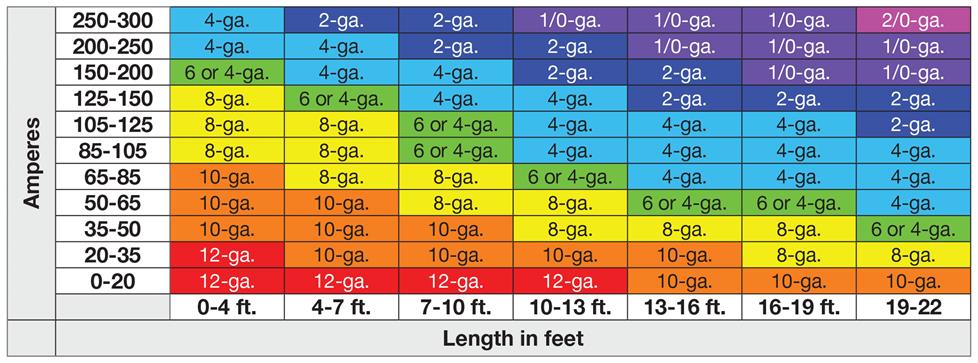
What is the best way to manage it all?
Whether cruising on land or sea, there are enough variables to worry about in a given day to keep you on your toes. Where to park/anchor? Where to get fuel? Where to get provisions? Who’s got the best prices on rum? The last thing you need to worry about is what’s going on in the power system/lithium battery bank.
Having a proper Battery Management System (in our case, a BMV) is the only way to do that. We didn’t have it on Luna Sea (or at least not one compatible with Lithium) so we never truly knew the state of charge of the bank. We relied on a power reading of our solar controller to inform us when we were full, that was it.
With a proper BMV I can now tell you that it takes 4% of our battery bank to boil water, 6% to make white rice and 7% to make brown rice. Is that important? Maybe it is, maybe it isn’t – but overall the insight led us to worry less about the system and power state and just use it… ’cause after all isn’t that the point of all of this – less worry? Life on the open road/seas, with not a care in the world… or at least one less thing to care about.
After 10,000 miles, passing through 35 states over an 8 week period, we never had to use the 110 charger for the system (or refill our propane tank). During one extended period of overcast weather in Maine, we dropped to about 35% SOC, but then a couple of days of sun & a quick drive or two to local hiking trails and we were topped back up.
So what exactly is our RV system?
- 200 Ah Lifepo from Battle Born
- Solar from Amazon – 200 watt Panel
- Victron components from Battle Born:
- Multiplus Compact Inverter/Charger 12/2000/80-50 120v
- Victron BAM030712000R Battery Monitor with Bluetooth
- Victron Digital Multi Control 200/200A
- Orion-Tr Smart 12/12-30A (360W) Isolated DC-DC Charger
- SmartSolar MPPT 100/20
- Isotherm Cruise 65 Elegance 2.3 CuFt Fridge/Freezer from West Marine
- Hamilton Beach Water Kettle
- Aroma Rice Cooker
For ALL of Jenn’s favorite Galley Items, check out her Amazon List here.
New Boat – New System
As we prepare to head back to the Caribbean this Fall, we are already working with Battle Born to design the new lithium based system. There will be solar, batteries, and Victron components galore. I have complete faith in their experience and know that we will leave the dock with a solid layout that works for us. Want to have them design your lithium system as well? We cannot recommend them enough. They have truly saved us loads of money by designing the system properly the first time. Head over to Battle Born Batteries and tell them we sent you.

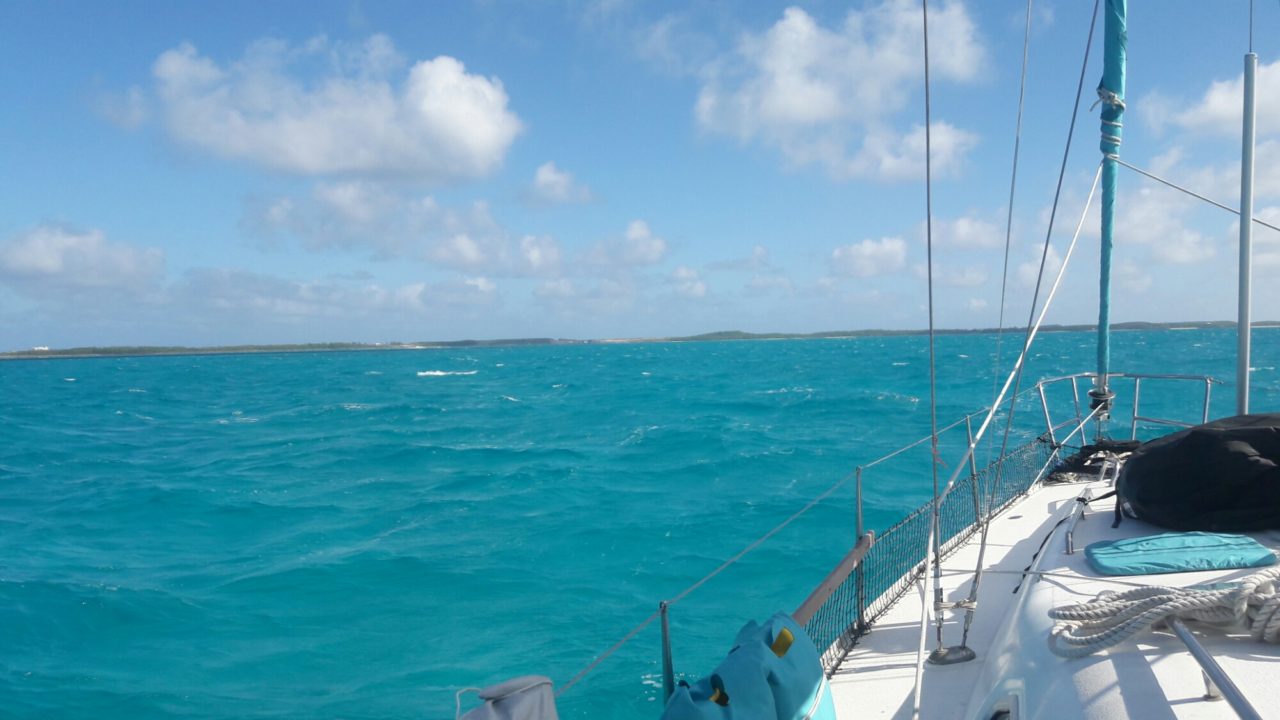
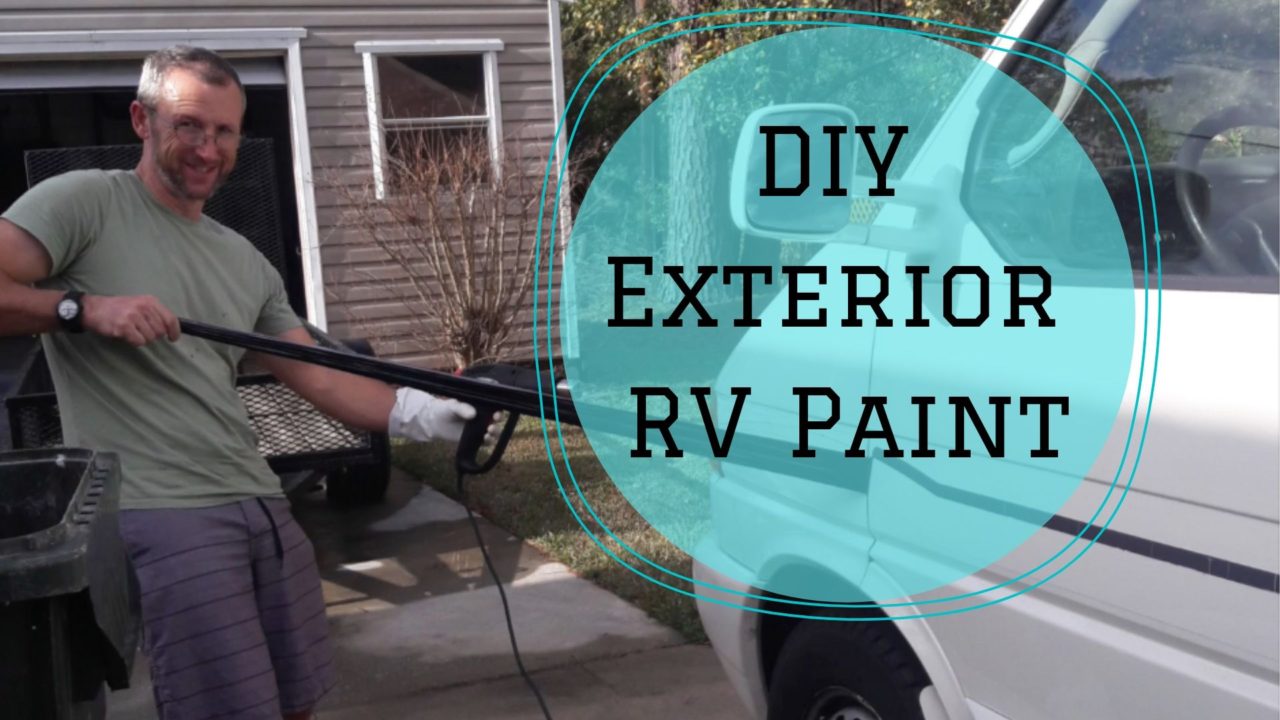

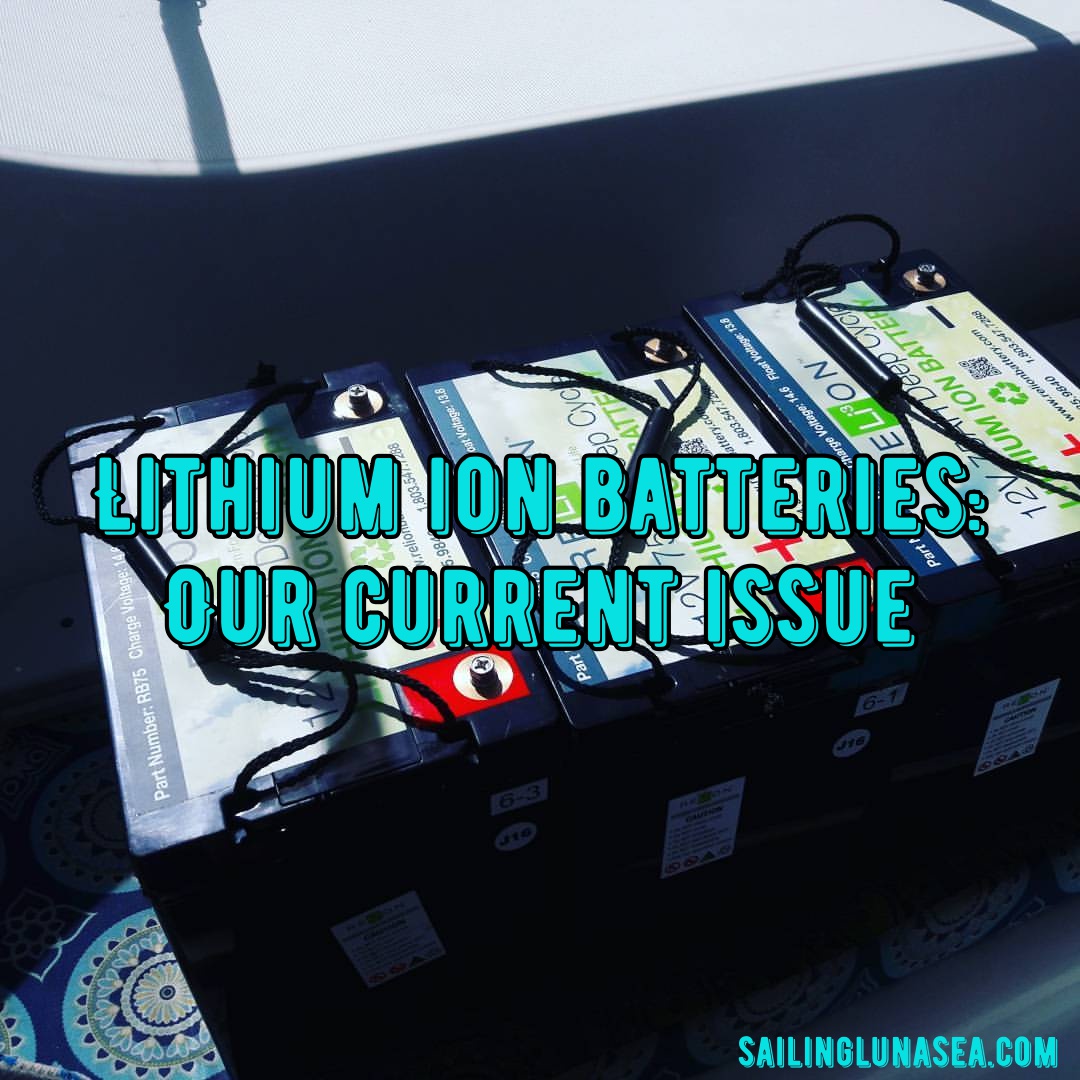
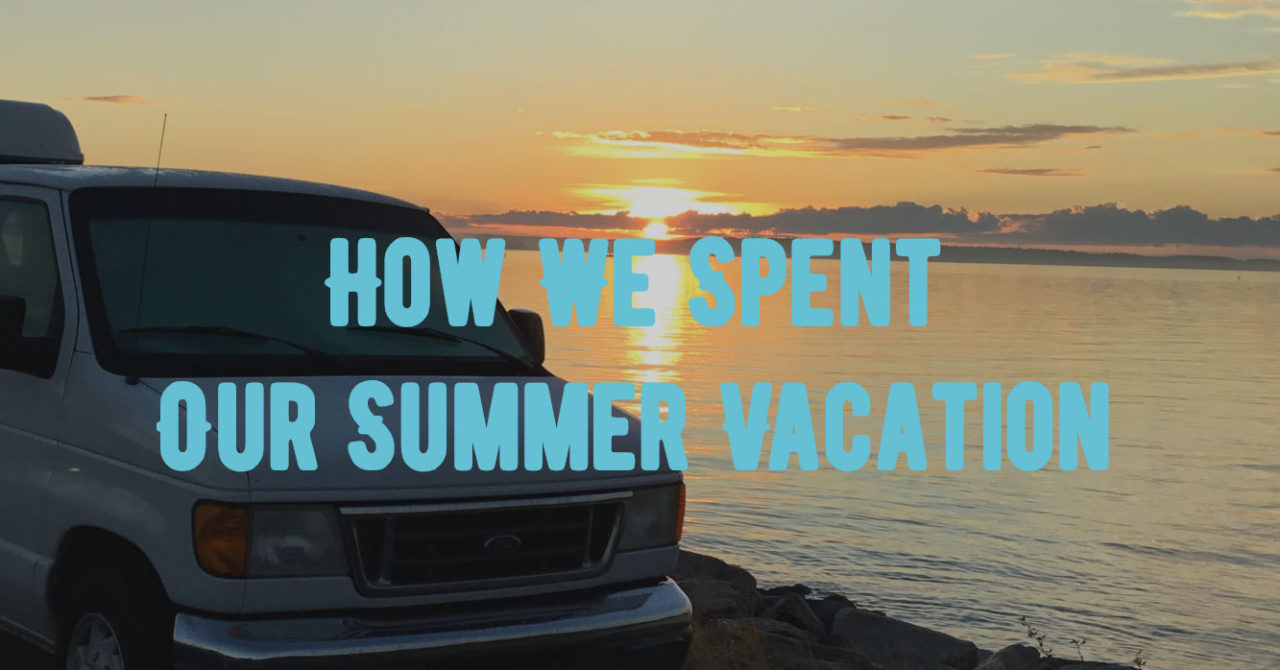
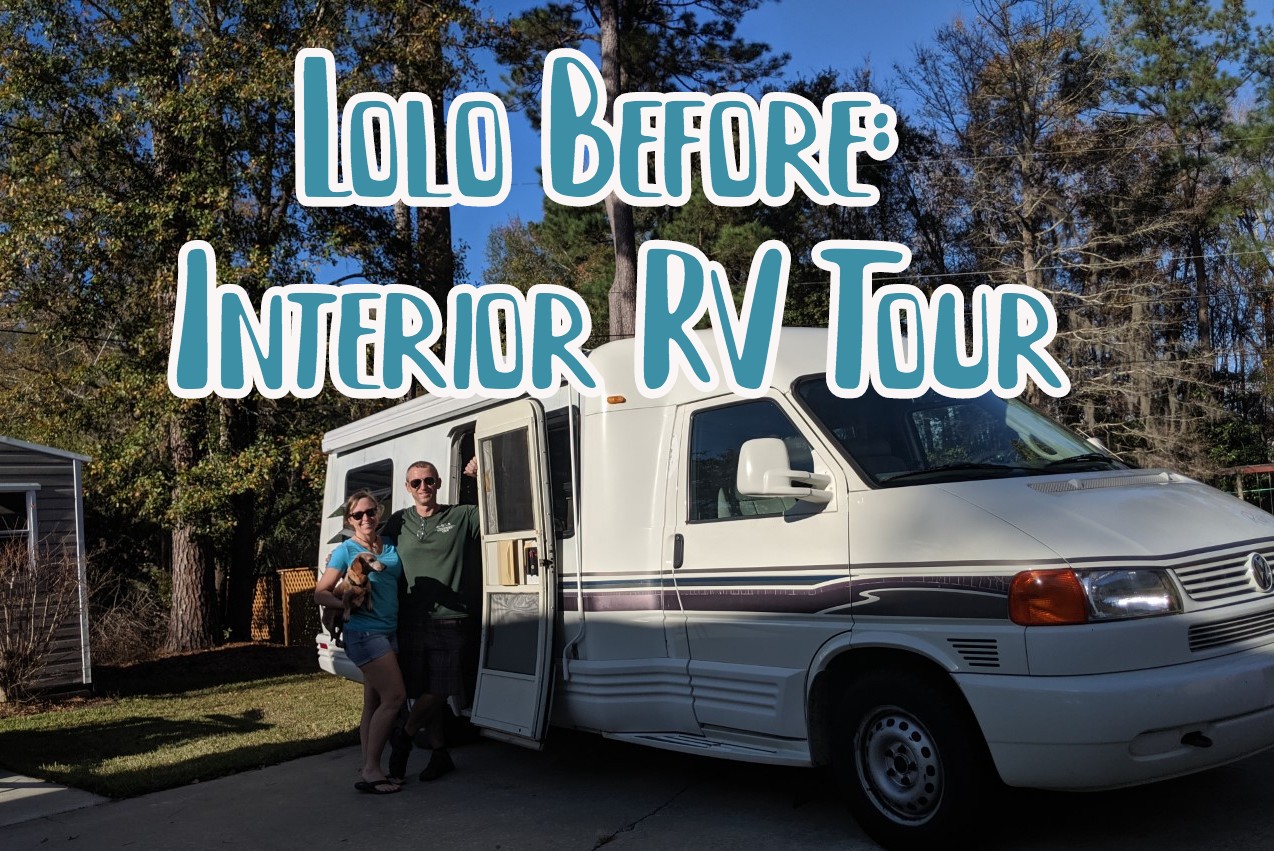
2008 Roadtrek Agile
Solar—looked at it but we seek shade to park. Alternator charges batteries while driving and we are good for 4 days. Propane generator will top off 2 AGM’s if we sit longer than that.
Lithium batteries—heat sensitive and battery management shuts them down if too hot. My batteries are in the engine compartment so no go there. Also, Battleborn said it wouldn’t have enough amps to start generator. Also probably need new charge controller. Also charging shuts down at low temperatures, like high temps. I know many folks are starting to use them but for me too many issues plus cost.
Hey there, Ionman – thanks for commenting! I love that you found your own set up. Each rig is obviously different. It really didn’t make sense for us to replace our generator – and this set up has worked out really well for us. I can see where batteries in the engine compartment would be a challenge. Fortunately, ours are inside the rig. And we had EXCELLENT results with our lithium batteries in our boat – in the very hot Caribbean. Again, to each their own.
Cheers to the RV life!
What did Lolo end up costing in total? And how many miles were on it at purchase?
Hey John!
So the odometer had 130,000 on it when we bought it, but the engine was replaced with one that actually had about 76,000 miles on it. And we’ve put over 10,000 on her since we bought her.
We have put a few thousand in her, in all. But we got her for a price that allowed for that. There are deals out there, you just have to hunt for them.
I saw your shirt order come thru the other day and didnt put two and two together!!! im looking into New Batts for Molly and found your post!! how do you like the multiplus? My list gets longer and longer as i look into this project…
Hey Skip! Great to hear from you. Glad you found the blog post. We really like the Multiplus. We’ve ordered the larger version for the new boat – and are anxiously waiting for it to arrive on island. Be sure and hit us up if you have any more questions. We’re always up for a chat. And that shirt is AWESOME! Love it.